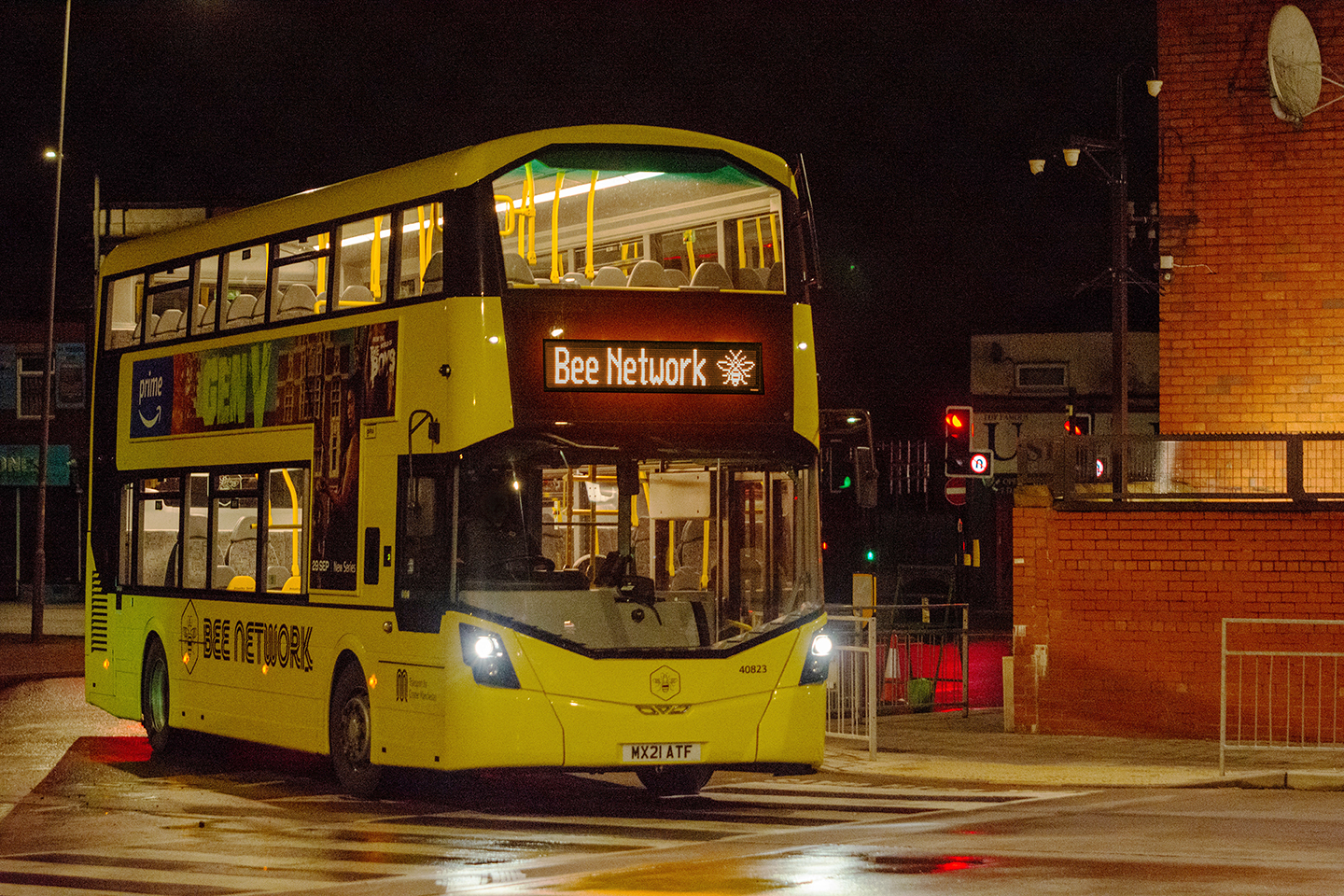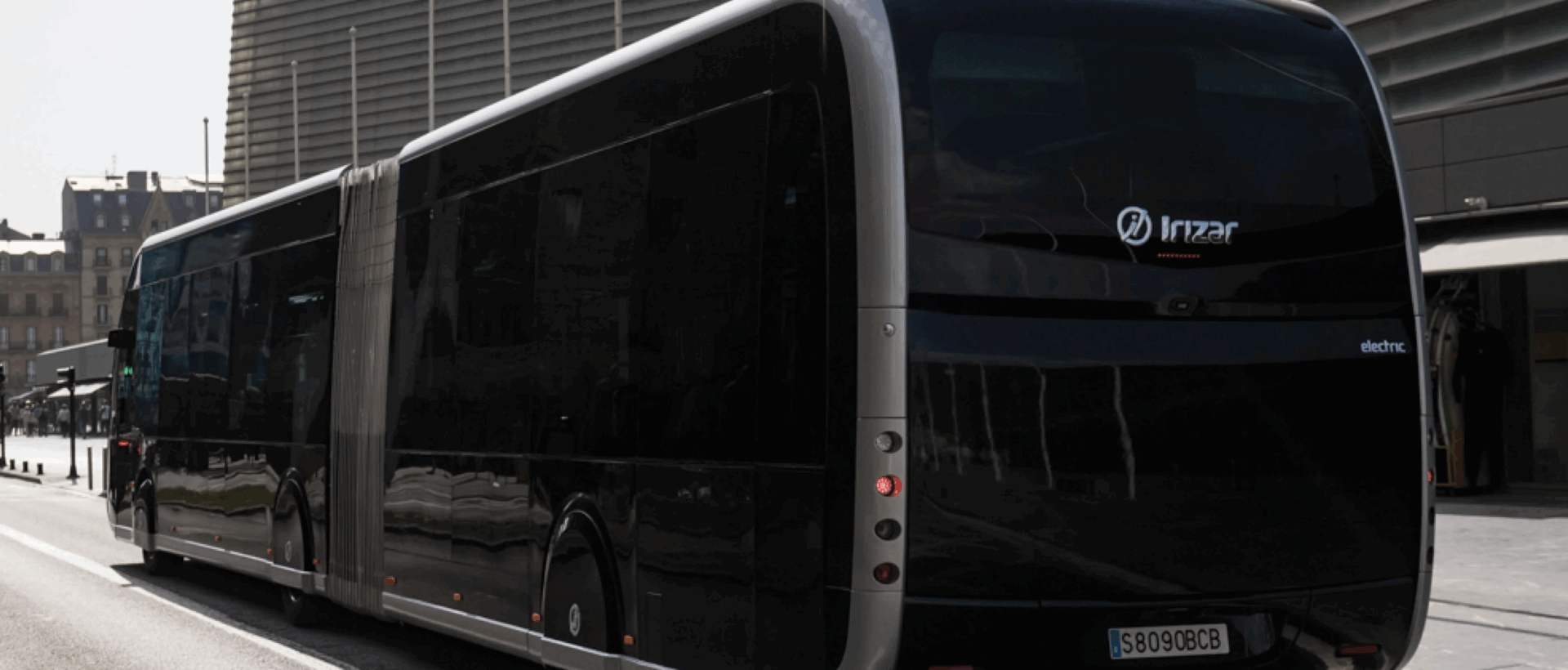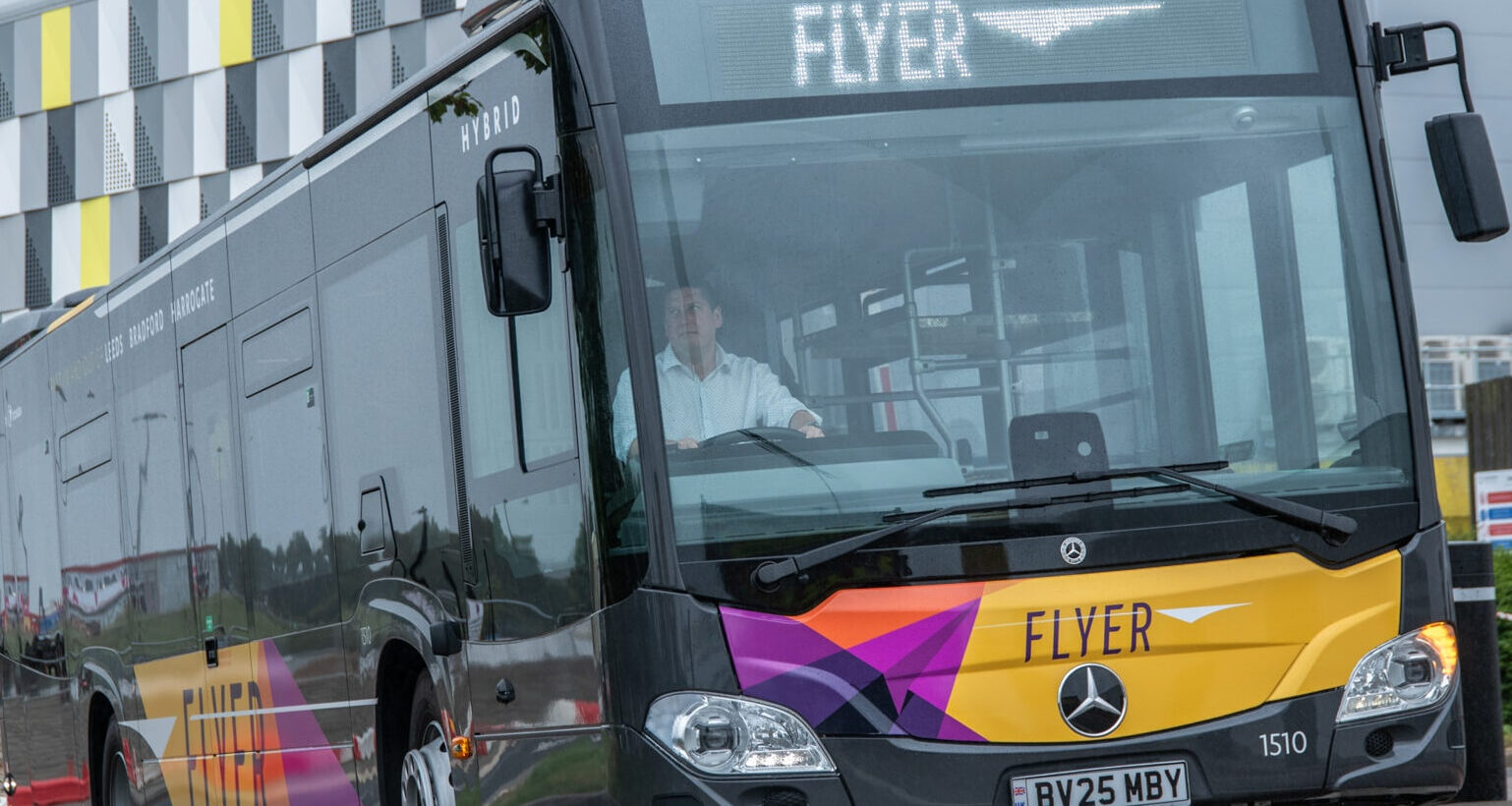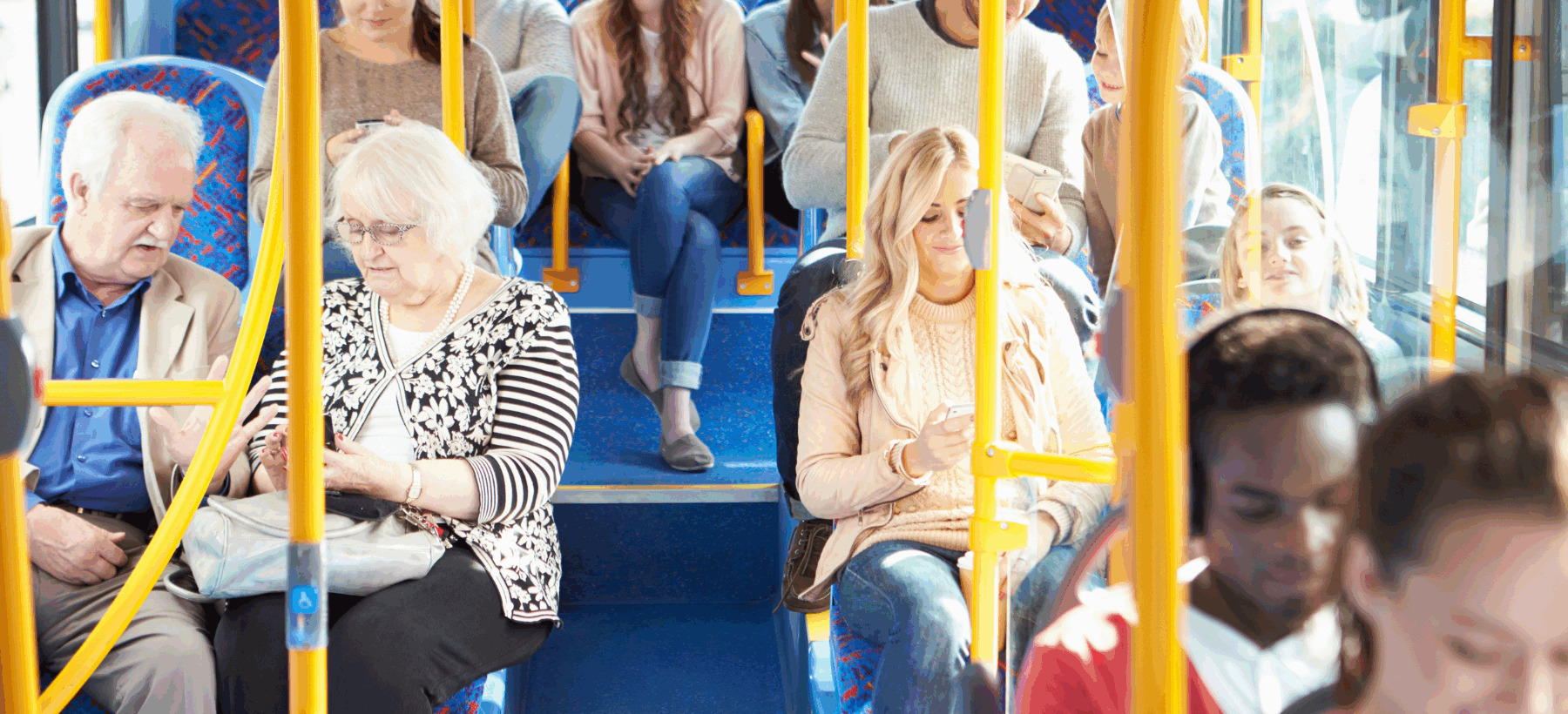Greater Manchester’s Bee Network is proposing further improvements to its public transport services, with plans for new night bus routes, a new daytime service, and increased frequency on several existing routes.
The changes aim to provide broader access to public transport as part of the Greater Manchester Strategy (GMS), which sets out a target for 90% of the city-region’s population to live within 400 metres of a bus or tram service running at least every 30 minutes by 2030.

According to recent figures, the Bee Network has reported a 14% year-on-year increase in passenger numbers alongside a 7.8% rise in operated bus mileage in the first franchised areas, following the introduction of public control under a bus franchising model. This takes place against the national context of declining bus use, highlighted in a report by the National Audit Office.
The latest proposals include:
- Two new night bus services between Bury, Rochdale and Manchester
- A new daytime and evening service between Wigan and Standish
- Increased service frequency on six key routes between Bolton, Leigh, Wigan and Manchester
Andy Burnham, Mayor of Greater Manchester, said:We have been on an incredible journey since the launch of bus franchising, with the Bee Network playing a vital role in making Greater Manchester the growth success story in the UK by providing a cleaner, greener and more affordable way to get around the region.
Public transport is one of seven key areas underpinning our future vision for Greater Manchester, and over the next decade we will continue to invest in the Bee Network and transform how people get around our city-region.
This starts by adding more night buses, higher frequency services and new routes, helping connect people to jobs, education and other opportunities across a growing and thriving Greater Manchester, so that everyone can live a good life.
New Night Buses
The proposed new night buses would operate on the 135 (Manchester – Prestwich – Bury) and 17/17a (Manchester – Middleton – Rochdale) routes. These would run hourly on Thursday, Friday, and Saturday nights, subject to approval by the Bee Network Committee. The new services aim to support areas with lower car ownership and serve employment sites and hospitality venues.
The existing V1 and 36 night buses, introduced as a pilot in September 2024, will also be extended at least until the end of the 2025/26 financial year.
Meanwhile, discussions are ongoing regarding the introduction of night buses in Oldham, Tameside and Trafford in future years, alongside other planned public transport improvements such as the integration of rail lines.
New Wigan–Standish Service
From 21 July, a new route numbered 631 will begin operating between Wigan Bus Station and Standish Leisure Centre. It will serve locations such as the Royal Albert Edward Infirmary and local housing developments.
The service is the second entirely new Bee Network route following the earlier launch of the 615 between Wigan and Middlebrook Retail Park.
Frequency Increases
If the proposals are approved, six routes will also see increased frequency to improve capacity and service reliability. These include:
- The 582 between Bolton, Atherton, and Leigh will run every 10 minutes Monday to Saturday daytimes, with evening and Sunday frequency improvements.
- Guided Busway services between Leigh, Tyldesley and Manchester will operate every four minutes during the busiest morning peak period, with additional afternoon departures.
- Services 607 and 608 between Bolton, Leigh, Hindley and Wigan will have weekday frequency restored to pre-Covid levels, with evening services doubling to every 30 minutes.
- Routes 610 and 611 between Leigh, Golborne and Wigan will also see frequency increases during evenings and on Sundays.
At present, 43.7% of Greater Manchester’s population live within 400 metres of a high-frequency service running every 12 minutes or less on weekdays. According to the GMS targets, this proportion is expected to more than double by 2030.



















